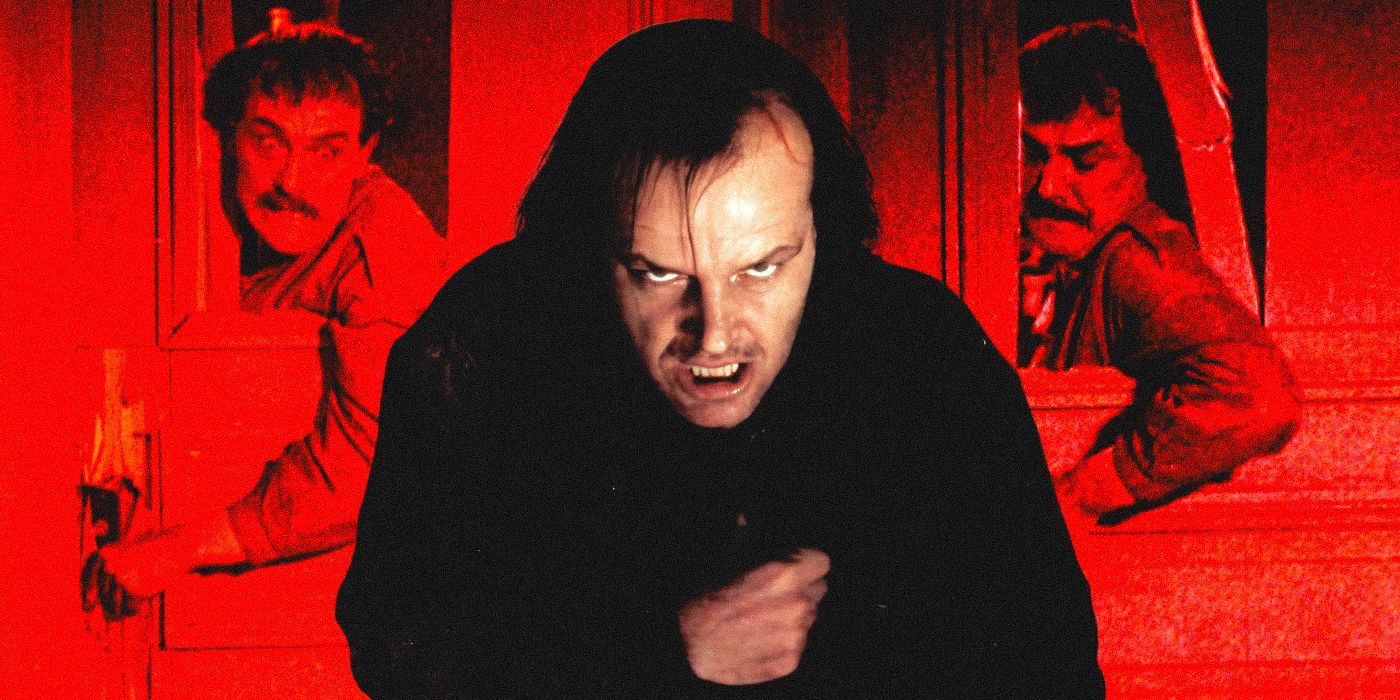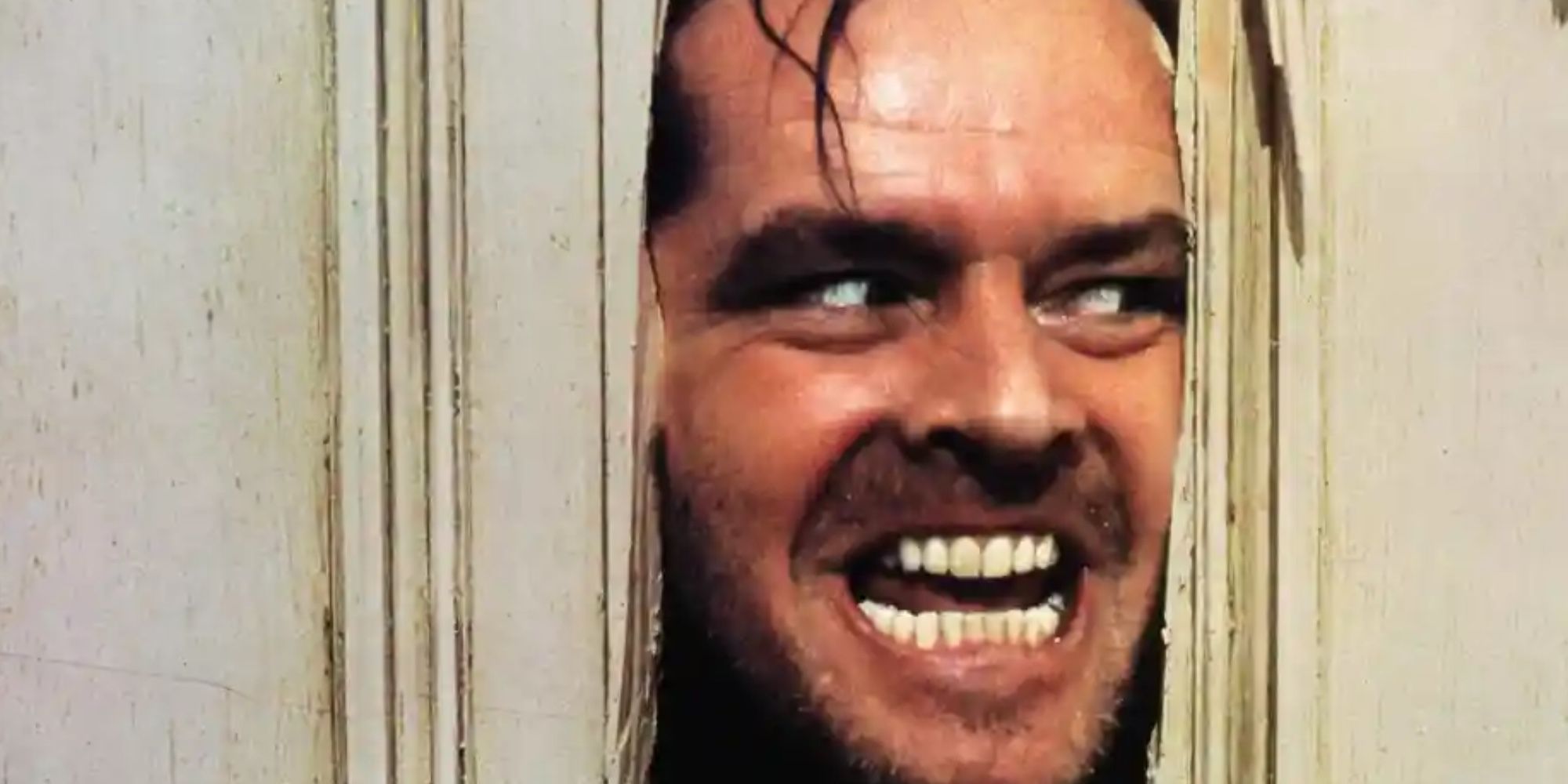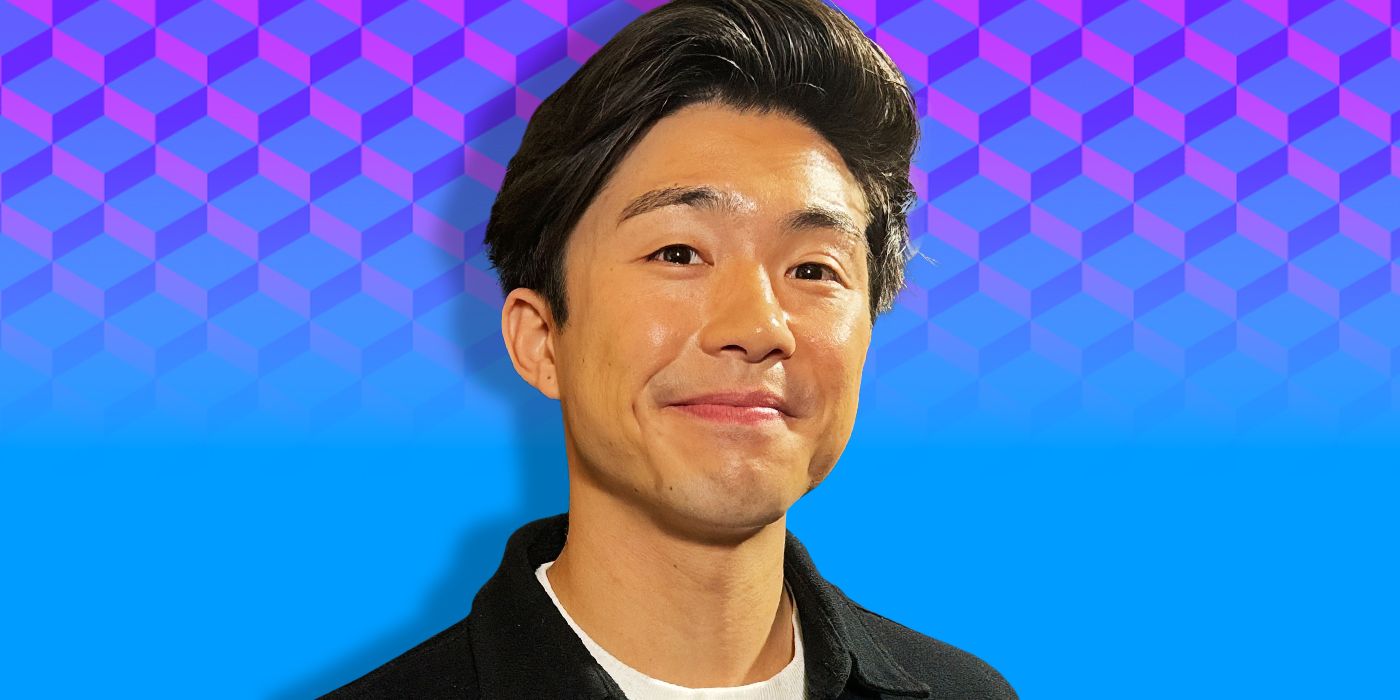The Big Picture
- The Shining‘s iconic “Here’s Johnny” scene is based on a similar sequence in The Phantom Carriage, confirming Kubrick’s inspiration.
- Kubrick’s adaptations were original, but he drew influences from other works, just like Tarantino and Fincher.
- The Phantom Carriage explores themes of alcoholism and morality, similar to The Shining, highlighting the shared message between the two films.
Even if you haven’t seen The Shining, you know about its iconic “Here’s Johnny!” scene, which is why it’s all the more enlightening to discover that it appears to be based on Victor Sjöström’s 1921 silent era masterpiece The Phantom Carriage. Just one look at this handy shot-by-shot comparison of the two respective sequences confirms it, and given that Kubrick’s brother-in-law Jan Harlan lists it among the legendary director’s 93 favorite films, it’s safe to say that Kubrick took some righteous inspiration from this milestone in horror filmmaking. Though it’s difficult and even painful to argue against the originality of one of the most notable horror set pieces of all time, this homage is not dissimilar from, say, all of the B-movie and foreign film classics that Quentin Tarantino paid tribute to in Kill Bill, or even David Fincher’s open reverence for Le Samouraï that he channels throughout The Killer (in theaters now). It’s not stealing as much as it is recreating a piece of iconicity for a new generation.
But what is it about The Phantom Carriage that struck Kubrick so deeply, and what other influences from the film did he carry over into The Shining? Fans of the discourse surrounding the film and its original author will already know that said author Stephen King despises Kubrick’s interpretation even though it’s probably the most well-known among adaptations of his work, and certainly the most beloved by popular culture. His reasoning mostly surrounded the casting of Jack Nicholson, whom King felt didn’t capture Jack’s slow descent to madness, as well as the numerous changes placed upon the film’s ending. While Kubrick primarily adapted novels, his works were also defiantly original, using those novels as more of a springboard than an actual Bible to adhere to, with The Shining being no exception. Of course, that also means that other influences would have had to make their way into his works to fully realize them.
The Shining
A family heads to an isolated hotel for the winter where a sinister presence influences the father into violence, while his psychic son sees horrific forebodings from both past and future.
- Release Date
- May 23, 1980
- Director
- Stanley Kubrick
- Cast
- Jack Nicholson, Shelley Duvall, Danny Lloyd, Scatman Crothers, Barry Nelson, Philip Stone
- Rating
- R
- Runtime
- 146
- Genres
- Horror, Mystery, Thriller
What Is ‘The Phantom Carriage’ About?
Based on the 1912 novel Thy Soul Shall Bear Witness! (what a title…) by Selma Lagerlöf, The Phantom Carriage follows the perpetually drunk vagrant David Holm (played by Sjöström himself) who, on the cusp of midnight on New Year’s Eve, tells his drinking mates that the last person to die every New Year’s Eve, on the stroke of midnight, will be cursed to drive death’s carriage, collecting the souls of the damned and assisting with their transition into the afterlife until they are relieved of their duty by some poor soul the following year. That’s some seriously spooky stuff for 1921 (and acted as all the more reason to brilliantly release the film on New Year’s Day), but if the following year’s Häxan is anything to go by, it’s that the Swedes were masters of horror long before Let the Right One In blew up around the world.
David recounts this story as his friend Georges (Torre Svennberg) did the previous year, and sure enough Georges died that very day, at the stroke of midnight. As David tells the story, he’s given word that Sister Edit (Astrid Holm) has sent for him while on her deathbed to fulfill a yearlong promise. He refuses, resulting in a tussle with his friends and, wouldn’t you know it, David dies at the stroke of midnight (an important note to all Collider readers: don’t tell this story on New Year’s Eve). As he transcends into an unknowingly ghostly state through a remarkably innovative use of double exposure (about 20 years before blue screen was even conceived), guess who comes to collect him? None other than poor old Georges, dead and dying even further to be relieved of his duty! What follows is a morality fable on par with A Christmas Carol as David is flung throughout his past in a series of flashbacks to contemplate his sinning ways, and boy, is this man a sinner.
‘The Phantom Carriage’ Is a Morality Tale at Heart
If the plot above sounds convoluted, it’s because by golly, it sure is. The film is hard to consider a horror in the proper sense due to its lack of the standard conventions modern audiences have come to expect, but like The Cabinet of Dr. Caligari which released just a year prior, what it lacks in jump scares, it makes up for in atmosphere. However, Sjöström was known for his social commentary and The Phantom Carriage is no exception, mixing elements of faith, alcoholism, and tuberculosis (known in the film as “consumption”) to craft a particularly thick moral concoction. In the film, much of David’s actions are a result of his binge-drinking, causing both his and his brother’s arrest and a nasty separation from his wife Anna (Hilda Borgström), as well as their two children.
This rift and their attempted reconciliation with the help of Edit saw David’s horrid actions peaking when he drunkenly attempts to infect his children with tuberculosis (this guy!), purely as a means to spite Anna. This results in the aforementioned iconic scene in which David takes to the door of his children’s bedroom with an axe, in spite of Anna’s resistance. This is even preceded by a lengthy bout of dialogue between the couple, as David’s facial expressions turn more and more inebriated and sinister, just like Jack’s in conversation with Wendy (Shelley Duvall) before they ascend the crimson stairs of the Overlook Hotel. Even the way Wendy clutches Danny (Danny Lloyd) is reminiscent of the way Anna holds onto her children. The only thing missing are Swedish intertitles proclaiming “Här är Johnny,” but while Wendy eventually manages to land a slash on Jack, David is moved to clarity after witnessing Anna faint from fear for her children’s lives. All this while David’s ghost watches his past actions with horrifying remorse.
‘The Phantom Carriage’s Influence on ‘The Shining’
Though it’s never directly stated, alcoholism is at the crux of The Shining mythos, made all the more explicit in its sequel Doctor Sleep. Director Mike Flanagan himself stated that filming Doctor Sleep allowed him to confront and eventually defeat his own alcoholism, with the story of Danny (in this one, Ewan McGregor) drinking away his childhood trauma resonating. In Doctor Sleep, Danny’s trauma causes him to go down the same path as his father, whose inebriation with the ghosts of the bar kickstarts his descent to madness. “All work and no play makes Jack a dull boy,” but too much play spells absolute disaster for both Jack and David of The Phantom’s Carriage.
The Phantom Carriage, if nothing else, stands as proof for the fact that filmmakers never let a lack of technology or even sound prevent them from realizing a vision. Between the likes of Nosferatu and Metropolis, it’s evident that from the very forefront of filmmaking as we know it, directors have been throwing everything they have at the screen to create works of art that still send shivers down spines over 100 years later. But just like the Ethan Hawke-starring Sinister took extreme inspiration from The Ring, Stanley Kubrick crafted his films to pay tribute to his own idols, except his come from an era that you need to do a little more homework to explore.
The Phantom Carriage is available to stream on Criterion.
Watch on Criterion





